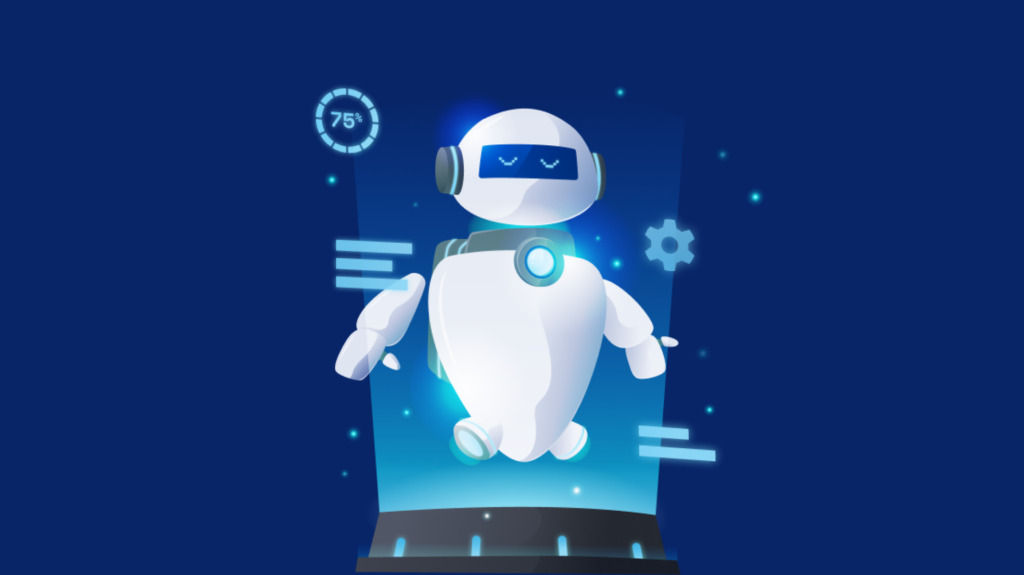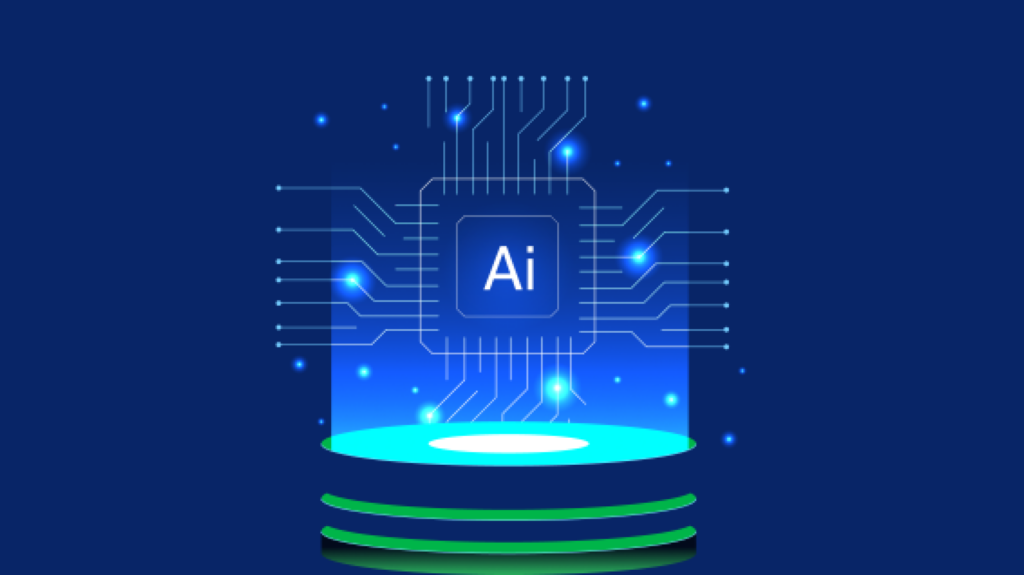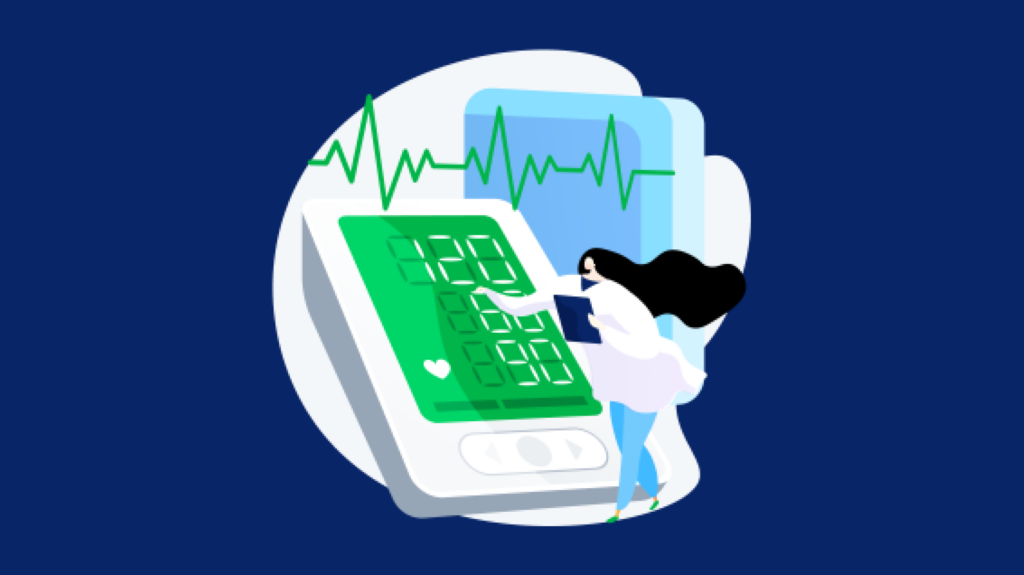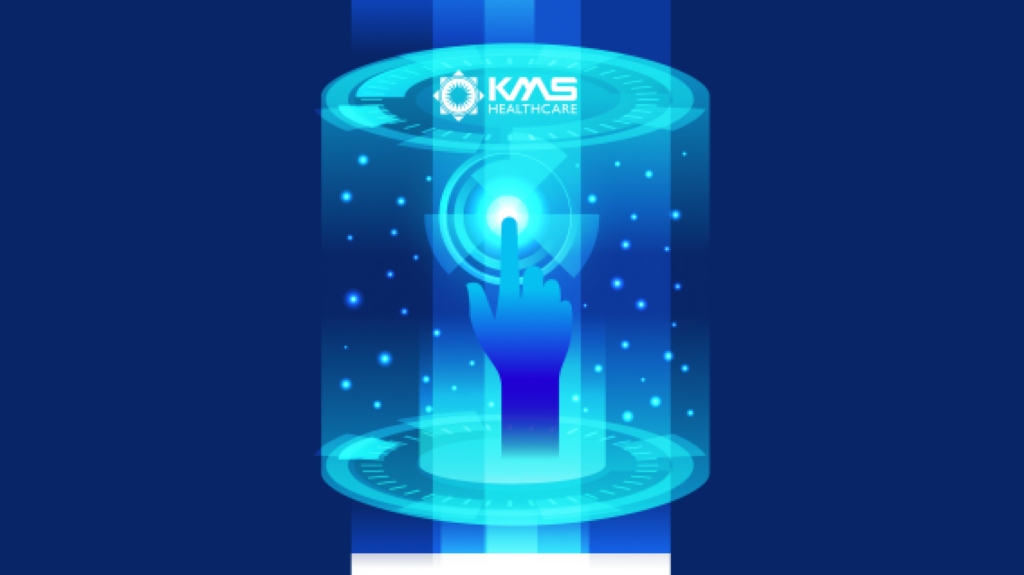The pandemic spurred a rapid shift towards telehealth, as hospitals became high-risk zones and vulnerable individuals required essential care within the safety of their homes. Remote patient monitoring (RPM) has enabled doctors to gain real-time insights into their patient’s health status, accelerating at-home care.
And when combined with artificial intelligence (AI), RPM has proven to have a revolutionary impact on health outcomes.
The potential implications of AI in addressing RPM’s most enduring challenges, such as the increasing elderly population and the global shortage of professionals, are receiving great attention from healthcare experts worldwide. According to BCC Research, the AI in remote patient monitoring market is expected to quadruple to $4.3 billion by 2027, indicating a massive stream of investment in this field.
Read on for a comprehensive overview of AI in healthcare and its impact on remote patient monitoring.
Where Is Remote Patient Monitoring Today?

Remote patient monitoring (RPM) is a healthcare development gaining traction over the past few years. Even though it’s only been around for about five years, patients’ needs during the pandemic drove telehealth into the forefront of healthcare by rapidly increasing the adoption of RPM and safeguarding patients from potential infections.
Today, patients and clinicians have access to numerous clinical-grade devices that track their vital signs, including EKG, heart rate, heart rate variability, blood pressure, and blood oxygen levels.
Government agencies have also played a significant role in this transformation. The Centers for Medicare and Medicaid Services (CMS), an influential body establishing care standards in the U.S. healthcare system, has been introducing CPT codes for remote therapeutic monitoring (RTM) since 2018. As of 2022, these codes now include RTM for respiratory and musculoskeletal (MSK) conditions, such as remote physical therapy and COPD inhaler monitoring.
Given that most healthcare activities occur in a patient’s everyday life rather than during sporadic clinical visits, this marks a considerable step towards assisting patients in utilizing their treatments most effectively on a daily basis.
Even without the pandemic, the beginnings of RPM technology had been making its way into daily patterns. Wearable fitness and health trackers, smartphone-based biometric data readers, and other IoT-enabled products have flooded the market and won acceptance among consumers.
Several major corporations, such as Google, Apple, Samsung, and Amazon, also joined the game and released their own SMART on FHIR Apps, successfully blurring the lines between healthcare companies and customer-facing tech companies.
This trend is good news as more and more people are making habits of tracking and monitoring their health. And the rise of RPM, along with other movements, such as the shift to ambulatory care and retail health clinics, also shows how patients’ needs are changing to more personalized care.
Incorporating AI into RPM for Improved Patient Care

The past decade has seen an explosion in health data, with 30% of the world’s data volume being generated by the healthcare industry. It’s now possible to capture real-time data points to facilitate RPM and combine those metrics with other clinical, administrative, or contextual data. But, it’s only effective if that digital data can be translated into actionable insights.
That is why the healthcare industry started to integrate AI into RPM systems as a tool to analyze and interpret the thousands of data points created every day by patients. While we are still in the early days of this trend, 23% of US healthcare executives believe that AI and ML are very effective at improving clinical outcomes due to these outstanding strengths:
- Real-time patient health monitoring: A key strength of RPM with AI is that it enables real-time patient health monitoring, leading to early detection of potential health issues. AI-powered RPM can continuously monitor a patient’s vital signs, medication adherence, and other key health indicators, alerting healthcare providers to potential problems before they become severe.
- Better chronic condition management: Another benefit of RPM with AI is that it enables healthcare providers to manage chronic conditions better. With AI, healthcare providers can monitor a patient’s progress, identify potential health issues, and adjust the patient’s treatment plan as needed, reducing the need for hospitalization.
- Patient-owned care: AI-powered RPM also facilitates patient self-management, allowing individuals to take proactive actions toward their health. By remotely monitoring their health, patients can make informed decisions and communicate more efficiently with healthcare providers, leading to better outcomes.
- Reduced hospital readmissions: The benefits of RPM with AI even extend beyond day-to-day conveniences. Some AI-powered RPM systems can help reduce hospital readmissions by making monitoring high-risk patients easier and minimizing unnecessary emergency department visits. So when RPM systems are mass-applied for these emergency conditions, they will not only bring down the substantial healthcare spending in U.S. emergency departments but even create a huge difference between life and death.
The use of AI in remote patient monitoring has revolutionized the accuracy and efficiency of healthcare delivery, leading to improved patient outcomes, especially for patients with neurological and cardiovascular diseases. In another way of speaking, AI is making it easier for RPM systems to advance health equity and patient access as never before.
Pioneering Uses of AI in Remote Patient Monitoring

Although the applications of AI in accelerating RPM are only beginning to be explored, they have become invaluable tools for many healthcare providers. With the help of AI, remote patient monitoring has more use cases than ever before.
- Vital Signs Monitoring:
The vital signs monitor is a valuable tool that helps medical staff measure real-time patient physiological data. It’s capable of assessing a wide range of vital signs, including ECG, heart rate, pulse oxygen saturation, respiration rate, and body temperature, as well as noninvasive and invasive blood pressure.
With the integration of artificial intelligence, these monitors can be redesigned into wearable devices. The recently introduced VitaSensors AI-integrated vital signs monitor serves as a prime example, demonstrating its ability to interpret patient data and relay the information to clinicians for immediate decision-making.
- Physical Activity Monitoring:
Physical activity monitors have long been used to measure the physical activity energy amount in specific units (for instance, kcal/d) or other metrics related to body mass. These devices also aid in logging patients’ day-to-day activities (such as steps taken daily) and categorizing them according to intensity or body posture.
The acceleration of AI gives these monitors valuable tools to go beyond traditional activity tracking. These AI algorithms can analyze and classify patients’ behaviors based on intensity or body posture, and initiate emergency alerts. For instance, the fall-detection feature, an AI-enabled functionality widely implemented by many tech giants like Google, Apple, Samsung, and more.
- Chronic Disease Management:
The advent of virtual care has also elevated Remote Patient Monitoring (RPM) as an influential approach to chronic disease control. By delivering continuous health tracking beyond the confines of a clinic, RPM has fundamentally transformed the landscape of chronic disease management. Coupled with AI, the handling of patient data becomes more streamlined for healthcare providers, enhancing the prospects of RPM in chronic disease solutions.
Take, for instance, the integration of RPM to medication adherence monitoring, which is vital in managing chronic diseases. Here, generative AI steps in as a virtual companion, sending intelligent reminders and notifications to boost patient engagement.
Higher adherence levels also allow for more frequent data collection, with higher accuracy, to open the door for innovations in the healthcare industry. AI-enabled Decision Support Systems (DSS) under development present a promising tool that could potentially reduce the patient burden in controlling some major chronic diseases like stroke, diabetes, or hypertension.
Moreover, traditional RPM finds it challenging to track mental health disorders like bipolar disorder, schizophrenia, or suicidal tendencies. This is where healthcare generative AI/ML can pave the way for new methods to study human behavior, enriching physicians’ comprehension of a patient’s mental illness progression and enabling personalized therapy recommendations.
- Emergency Monitoring:
Combining AI and RPM isn’t just good for patients. It can also be extremely helpful for health care providers. AI-enhanced RPM can now aid with clinical decisions and alleviate the stress on overpopulated emergency departments. Predominantly, AI support has been applied in emergency department triage processes to classify patients based on their condition severity, thus enabling prioritization.
- Facial and Emotional Recognition:
Facial and emotional recognition is a new AI-supported technology used to detect patients’ emotional states and heartbeat levels through face recognition algorithms, heartbeat, and temperature sensors. This kind of AI-powered RPM system will enhance our capabilities to recognize and interpret human emotions that hint at the deterioration in a patient’s health.
The potential of AI-powered RPM is only just beginning to be realized, and it will undoubtedly continue to improve over time. As more healthcare providers adopt this technology, RPM will likely enter a new age where patients can receive quality care from anywhere in the world.
The Future Scope of AI in Remote Patient Monitoring

The global AI in remote patient monitoring market is estimated to be worth $4.3 Billion by 2027. And when that time comes, we predict that remote patient monitoring will be mainstream and likely reimbursed by all the major payers.
The integration of AI into the healthcare system introduces exciting possibilities for the evolution of remote patient monitoring (RPM). The potential for standardizing vital signs monitoring through readily available technologies like smartwatches, smartphone or laptop cameras, and breathalyzer devices could be hugely impactful for rural and home-bound patients. And emerging technologies such as embedded vision may greatly contribute to AI-powered RPM, providing high-quality imagery under variable lighting conditions in a patient’s room.
Also, with the increasing amounts of healthcare data being generated and the rise of precision medicine, AI is expected to play a significant role in medical research and development. AI algorithms may help researchers and clinicians better understand medical information and data at an unprecedented scale, making it possible to uncover new insights and developments in the medical field.
RPM with AI implementation is set to democratize healthcare in a way never before possible. As the healthcare industry continues to witness these advancements, organizations may find themselves engaging in substantial integration projects to incorporate AI systems into their RPM workflows and processes.
What is Holding AI-powered RPM Back?

Despite the explosive growth of AI-RPM across the healthcare landscape, the technology is still a long way away from widespread adoption. A June 2022 poll from the Medical Group Management Association found that only 25% of responding practices offered RPM. From ethical considerations to regulatory challenges that might arise with more integration of AI in RPM, providers have their reasons for not jumping at this new tech.
1. Data privacy and security: AI in RPM relies heavily on patient data, including sensitive health information. Ensuring the privacy and security of this data is crucial to maintain patient trust and comply with regulations like HIPAA. Robust security measures, encryption, and access controls must be implemented to protect patient data.
2. Data quality and interoperability: AI algorithms require high-quality, standardized data to provide accurate insights. Integrating AI into RPM systems requires addressing data quality issues, such as missing or incomplete data, data inconsistencies, and data integration challenges. Ensuring interoperability between different systems and devices is also essential for seamless data exchange.
3. Algorithm transparency and interpretability: AI algorithms used in RPM systems should be transparent and interpretable to gain the trust of healthcare professionals and patients. Understanding how AI models make predictions or recommendations is crucial to ensure their reliability and avoid potential biases or errors.
4. Ethical considerations: Integrating AI into healthcare raises ethical concerns, such as the responsible use of AI, potential algorithm biases, and the impact on patient-doctor relationships. Ensuring that AI is used ethically and responsibly, with proper oversight and accountability, is essential.
5. Integration with existing workflows: Integrating AI into RPM systems requires careful consideration of existing healthcare workflows. AI should seamlessly integrate into healthcare professionals’ daily routines and provide actionable insights without disrupting their workflow or adding unnecessary burdens.
6. Regulatory compliance: Healthcare is a highly regulated industry, and integrating AI into RPM systems requires compliance with various regulations and standards. Adhering to regulations like HIPAA, FDA guidelines, and data protection laws is crucial to ensure patient safety and legal compliance.
7. Adoption and acceptance: The successful integration of AI into RPM systems relies on healthcare professionals’ endorsement and adoption. Proper training, education, and change management strategies should be implemented to ensure healthcare professionals understand the benefits of AI and feel comfortable using it in their practice.
The challenges facing AI-powered RPM are, in many cases, systemic. By and large, these can be solved by collaborating with a reliable technical partner that has enough expertise to guide you through the rapidly evolving technological capabilities of healthcare systems. And when overcoming these technological hurdles, the potential benefits of AI-powered RPM will be too great to ignore.
Let KMS Healthcare Make AI-powered RPM Your Next Break
The integration of AI in healthcare is transforming how patients are monitored and treated, particularly in the area of RPM. With the use of AI algorithms and deep learning techniques, healthcare providers can make informed decisions and improve health outcomes.

AI-powered RPM is already delivering on its potential, but it’s up to you to take full advantage of it. KMS Healthcare can be the technical partner that you need for this journey. With the right technology experience and a keen understanding of the healthcare landscape, we can open spaces for you to capitalize on the promise of AI-powered RPM and drive the next big advancement into your healthcare business.
Want to join the revolution in healthcare by exploring the potential of AI, machine learning, and remote patient monitoring? Contact KMS Healthcare now.